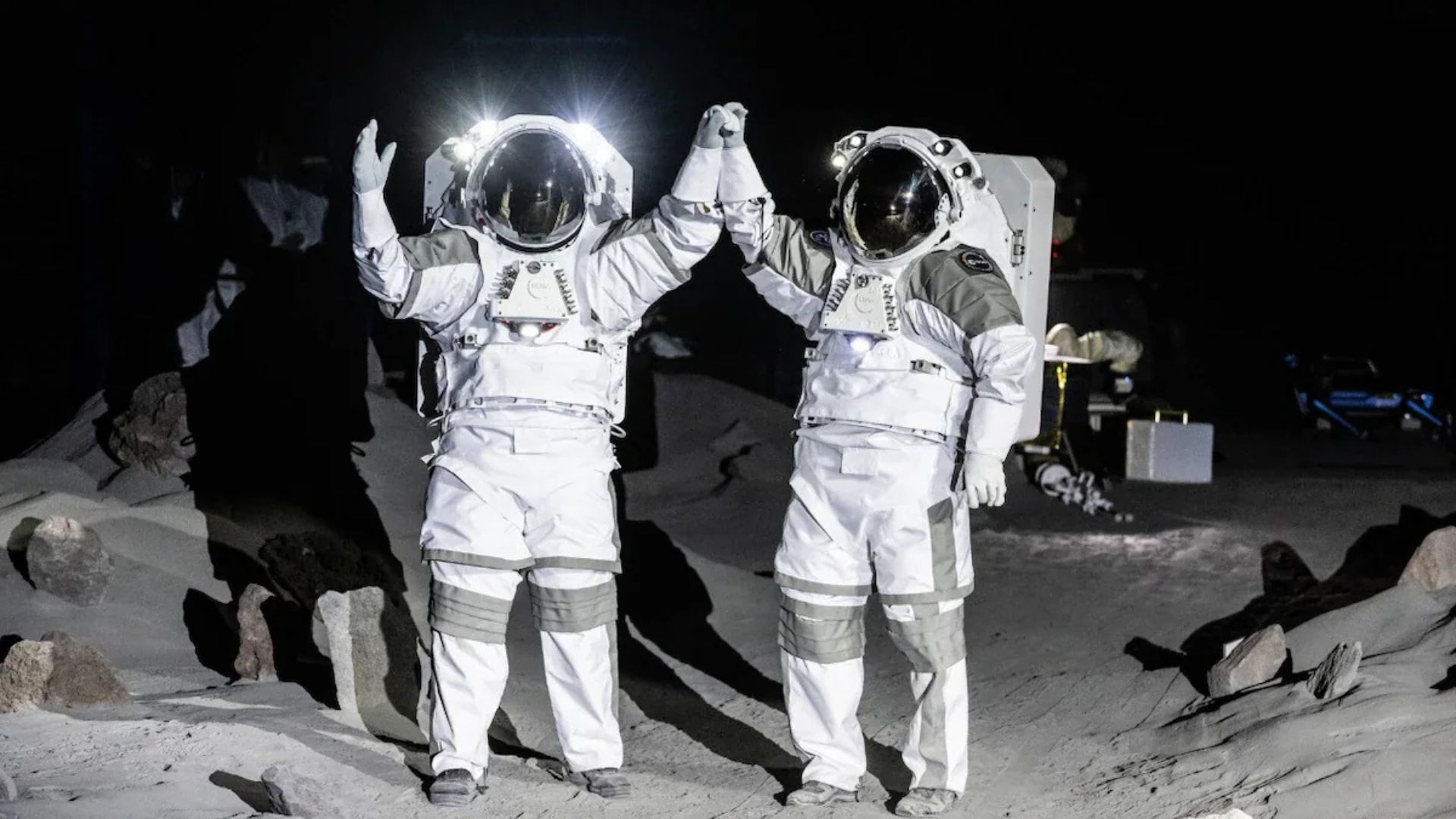Scientists in Europe have recently started researching opportunities to create a model of the Moon on Earth. In order to achieve this, the European Space Agency and the German Aerospace Centre designed the LUNA Analog Facility close to Cologne in Germany. The site holds 900 tons of crushed volcanic rock to be used as an imitation of the Moon’s surface.
The scientists are going to use movable trolleys that are mountable on the ceiling. These movables will trace the activity of rovers or astronauts and allow this activity to be simulated as close as possible to the experience by an astronaut on the Moon with a low gravity.
According to a press briefing, Alexander Gerst, the ESA astronaut, underlined the importance of this facility when he said that it would simulate “most aspects that we will encounter on the moon.” Among these features were lunar dust, rocks, and lighting, for example, though he added, “We will work in spacesuits that limit our movement and view.”
LUNA is a 700 m 2 in size facility setup for space professionals astronauts coming from ESA, NASA, and other space agencies to practice living and operating in lunar-like conditions. “We have around about 900 tonnes of regolith simulating material to achieve the dusty environment and mobility on the surface,” said Juergen Schlutz, LUNA Facility Engineer & Moon Strategy Lead at ESA.
Using volcanic materials from Eifel region in Germany, Mount Etna in Italy, and Norway, this facility replicated an artificial regolith of 700 square meters. Astronauts Matthias Maurer and Thomas Pesquet showed how the facility simulates the harsh glare of the Moon and assists in crater exploration and sample collection techniques. In this prototype phase, the astronauts use cables to impersonate lunar gravity, pulling back while walking and suspending when jumping.
ESA has secured three slots in NASA‘s Artemis mission, which is due to land in 2030, as the agency continues to rely on NASA and other partners for space missions.























